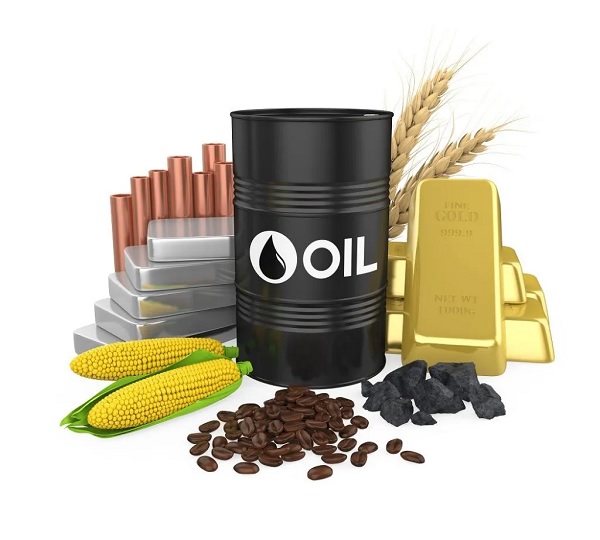
Commodity trading involves buying and selling various types of goods that are typically natural resources or agricultural products. These commodities are broadly categorized into four main groups: energy, metals, agricultural, and livestock and meat. Each category includes a variety of specific commodities that are actively traded in the markets. Here’s an overview of the types of commodities commonly traded:
1. Energy Commodities
Crude Oil: One of the most actively traded commodities, crude oil is the raw material used to produce gasoline, diesel, and other petrochemicals. Key benchmarks include West Texas Intermediate (WTI) and Brent Crude.
Natural Gas: Used for heating, electricity generation, and as an in dustrial feedstock, natural gas is a vital energy source with significant market activity.
Heating Oil: A distillate fuel oil used primarily for residential heating, heating oil prices often move in tandem with crude oil prices.
Gasoline: Refined from crude oil, gasoline is the primary fuel for vehicles and is a critical commodity in energy markets.
2. Metals
Precious Metals:
Gold: Widely traded as a store of value and a hedge against inflation and economic instability.
Silver: Used in both industrial applications and as an investment, silver is highly volatile and closely watched by traders.
Platinum and Palladium: Used in automotive catalytic converters and various industrial processes, these metals are less liquid but still significant in the commodities market.
Base Metals:
Copper: Known as a leading indicator of economic health due to its widespread use in construction and manufacturing.
Aluminum: Used in packaging, transportation, and construction, aluminum trading reflects industrial demand.
Nickel, Zinc, and Lead: Essential for various industrial applications, these metals are traded based on supply and demand dynamics influenced by economic activity and industrial production.
3. Agricultural Commodities
Grains and Oilseeds:
Wheat: A staple food product, wheat trading is influenced by factors such as weather, crop diseases, and global demand.
Corn: Used for food, animal feed, and ethanol production, corn prices are highly sensitive to changes in agricultural policies and weather conditions.
Soybeans: A key source of protein and oil, soybean trading is affected by global demand, particularly from large consumers like China.
Soft Commodities:
Coffee: Traded globally, coffee prices are influenced by weather conditions in major producing regions, such as Brazil and Vietnam.
Cocoa: Used in chocolate production, cocoa trading depends on weather, political stability, and economic conditions in West Africa, the primary growing region.
Sugar: Traded both as a food commodity and for biofuel production, sugar prices can be volatile due to fluctuations in global supply and demand.
Other Agricultural Products:
Cotton: Widely used in textiles, cotton trading is influenced by weather, crop yields, and global demand.
Rice: A staple food for a significant portion of the world’s population, rice trading reflects changes in global supply, weather patterns, and policy decisions.
4. Livestock and Meat
Live Cattle: Traded as a key input for beef production, live cattle prices are influenced by feed costs, weather, and consumer demand for beef.
Feeder Cattle: Young cattle that are raised for beef production, with prices affected by similar factors as live cattle.
Lean Hogs: Representing the pork industry, lean hogs are traded based on feed costs, disease outbreaks, and demand for pork products.
Commodity prices are influenced by a wide range of factors including supply and demand dynamics, geopolitical events, weather conditions, technological advancements, and macroeconomic trends. Traders must stay informed about these factors and use various tools and strategies to analyze and predict price movements.
Commodity trading offers opportunities across a diverse array of markets, from energy and metals to agriculture and livestock. Each type of commodity has its unique characteristics and market drivers, requiring traders to develop specialized knowledge and strategies. Whether trading crude oil, gold, soybeans, or live cattle, understanding the underlying factors that influence prices is crucial for success in the commodities markets.
